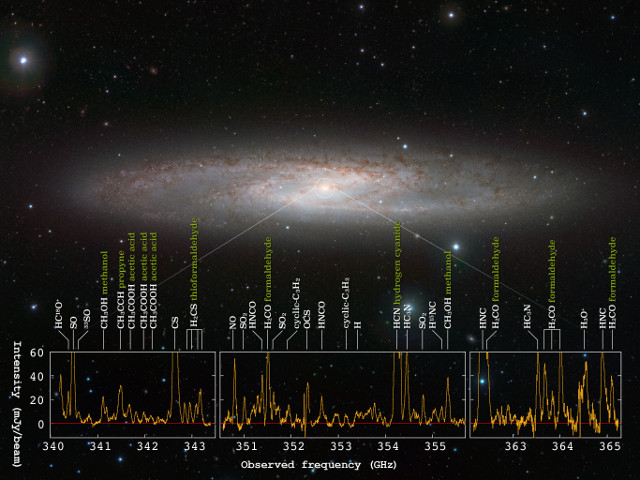
Shadows on the protoplanetary disk surrounding the young star HD 135344B
An article published in the magazine “The Astrophysical Journal” describes a research on the protoplanetary disk surrounding the star HD 135344B. A team led by Tomas Stolker of the ETH in Zurich, Switzerland, used the SPHERE instrument mounted on ESO’s VLT (Very Large Telescope) to monitor the evolution of that dust and gas disk and of the dark bands that appear as shadows projected on it. Probably there are processes in the disk’s inner area that cause shadows on its outer area.





